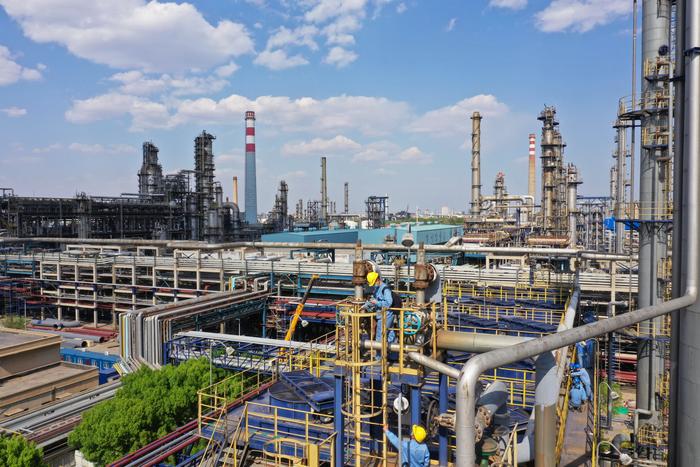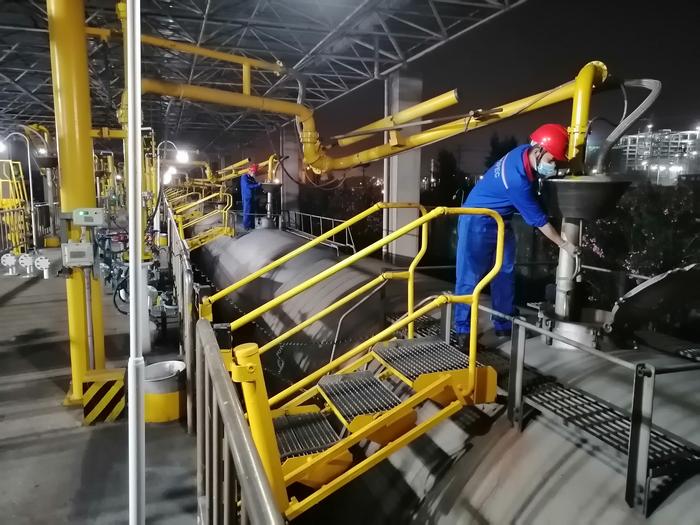|
| 2020-05-25 来源: 中国石化新闻网 |
| 石化新闻 |
中国石化新闻网讯 据Oil & Gas Journal网站5月21日报道 IHS Markit称,由于油价暴跌、经营现金损失、需求和储存能力不足,以及不愿意以自疫情爆发以来的极低价格出售资源,美国生产商正处于削减现有产量约175万桶/日的过程中。 这些削减不是永久性的。IHS Markit预计,随着基本面趋紧导致营业利润率重回正轨,2020年夏秋两季大部分缩减的成交量将回归正轨。如果WTI价格保持在30美元/桶以上,恢复生产可能会加快,这一价格允许运营商支付其运营成本,并反映了存储可用性的提高。 然而,约三分之一的产量(55万桶/日)将长期远离市场,或至少在WTI价格推高至50美元/桶之前,这证明了修复部分油井因关闭而产生的影响所需的资本支出是合理的。 IHS Markit金融服务副总裁拉乌尔·勒布朗说:“3月份的石油市场恐慌和4月份产油国感受到的极端价格压力促使北美产油国采取了前所未有的行动。即使是美国庞大的存储设施和相关基础设施网络,也不足以为这种规模的危机提供缓冲。负油价和WTI期货合约崩盘是一个强有力的信号,表明需要采取更有力的措施(即关停生产设施),以遏制供应过剩。” 吴恒磊 编译自 Oil & Gas Journal 原文如下: IHS Markit: North America to halt 2.25 million b/d of production Due to the collapse in oil prices, US producers are in the process of curtailing about 1.75 million b/d of existing production by early June due to operating cash losses, lack of demand and storage capacity, and an unwillingness to sell resources at the very low prices available since the onset of the COVID-19 crisis, according to IHS Markit. These reductions are not permanent. IHS Markit has projected a return of most curtailed volumes in the summer and fall of 2020 as tightening fundamentals lead operating margins back to positive territory. This resumption of production may accelerate if WTI remains above $30/bbl—a price that allows operators to cover their operating costs and that reflects improved storage availability. However, about one third of the volumes (550,000 b/d) will stay off the market for the long-term—or at least until WTI prices push above $50/bbl, justifying the capital spending needed to repair the impact that some of the wells will have incurred from being shuttered. “The oil market fear that characterized March and the extreme price pressure that producers felt in April have galvanized producers across North America into unprecedented action. Not even the US’s huge network of storage facilities and associated infrastructure was enough of a buffer for a crisis on this scale. Negative oil prices and the collapse of WTI futures contracts were a potent signal that stronger measures, namely shut-ins, were needed to curb oversupply,” said Raoul LeBlanc, vice-president, financial services, IHS Markit. |








